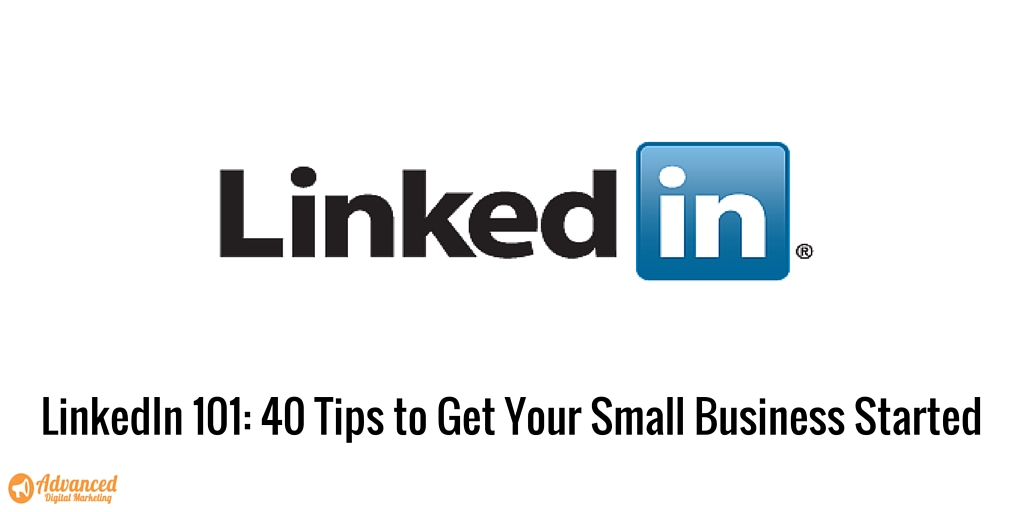20 Tips to Creating a GREAT Website: Tips for your Small Business
Aisling Brennan, 07-Apr-2016
So you want to create a website for your small business, right? But how do you create a GREAT website?
You know your website is your storefront so it has to make the right impression. Look professional, be content-rich and user-friendly. So, what should you do to make your website great? Get our top 20 tips:
- Determine who your audience is? Figure out what information are they are looking for? What keywords they're using? What tone of voice do they expect?
- Determine what you want your visitor to do on your website? Buy a product, email for more information, sign-up for email newsletter, etc.
- Choose a catchy domain name. Ideally it should be memorable, easy to spell, contain some of your core keywords, and if you're targeting the Irish market have a .ie domain.
- Choose a reliable hosting service. For new websites select a good shared hosting account, preferably located in the market you’re targeting. I like to use Blacknight Solutions.
- Choose a good website designer. Get more tips on how to select the right designer for you.
- Include a professional, high-resolution logo positioned in the top left hand corner of every page. If you don't have a logo yet, Fiverr.com lists designers who'll design a custom logo for you for $5.00.
- Structure and organise your website hierarchy so that users can identify important sections on the website. Break up content into sections and provide small blocks of text to improve readability.
- Remember people want information quickly so your content should be easy to read and digest. Make it benefit led. They want to know how it'll benefit them – not read a list of your product features.
- Choose your colour palette carefully – complementary colour palette should harmonise and balance.
- Use a consistent look and feel. Each page should have a header, footer and navigation menu. Your visitors should have a sense of recognition when they browse from page to page.
- Include plenty of white space and avoid cluttered pages. Controlling the white space will keep users focused on your content and control user flow. Give your design room to breathe and your visitors will find things easier. Remember each page should have a clear call-to-action so the end user knows exactly what to do.
- Write all page content with a specific call-to-action in mind.
- Be easy to read. Keep sentences and paragraphs short. People tend to skim online content so write with that in mind. Get more tips on how to write for a web audience.
- Make your text easy to read. Select fonts that can be easily read on all platforms and devices. Avoid small font sizes. I recommend choosing a sans serif web font.
- Use responsive design – this is a no brainer.
- Compress images and minify HTML/CSS/Javascript to reduce page download speed. Visitors don't want to wait for content to download-they want it quickly and without delay.
- Ensure the code is clean and validated. Use the W3C code validator to check your website.
- Avoid typos and bad grammar.
- Include your contact details (or mobile phone number) on each page.
- Personalise the About Us page. Include photos, biographies to show your visitors the faces behind the logo.
As always if you've any questions about website design, usability or SEO please don't hesitate to get in touch. Good luck!
LinkedIn 101: 40 Tips to Get your Small Business Started 10 Steps
How do you make your website GREAT? Get our top tips.

